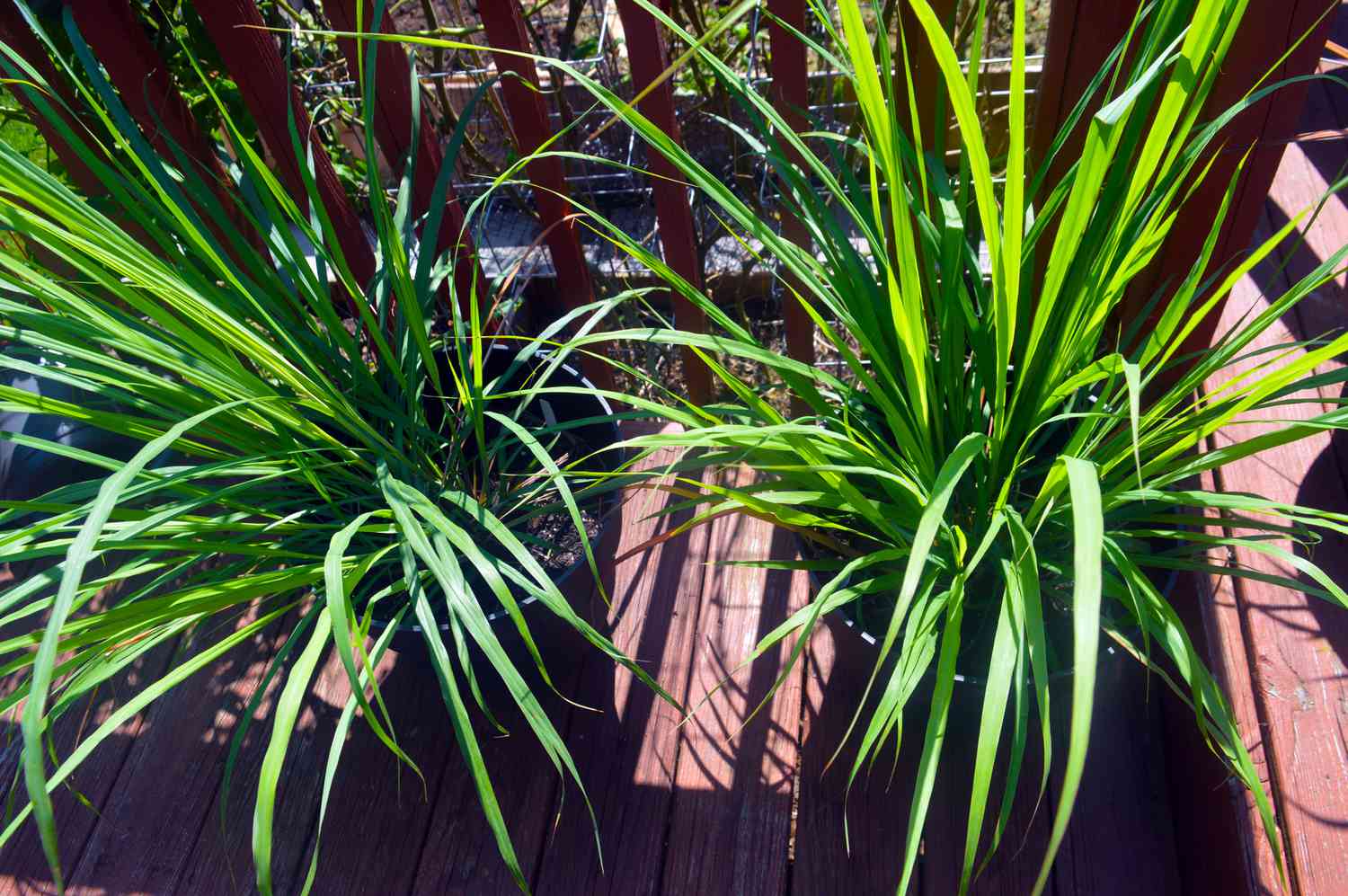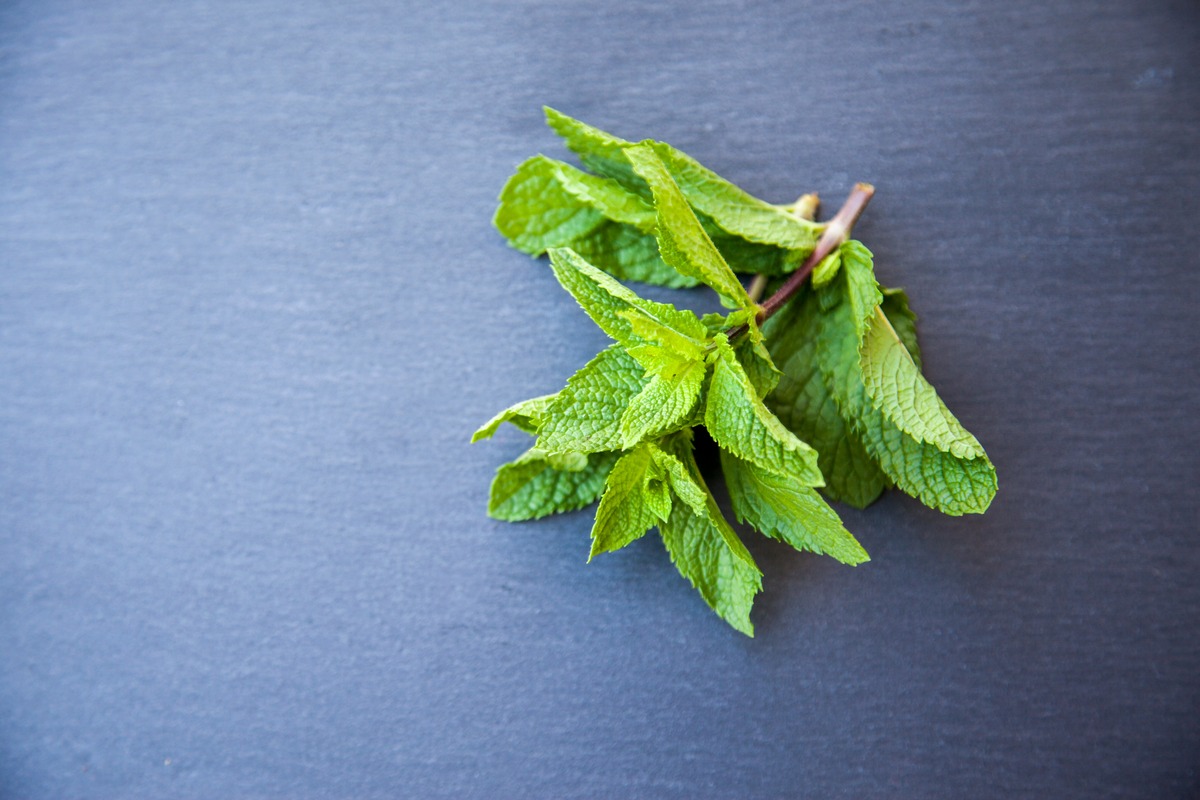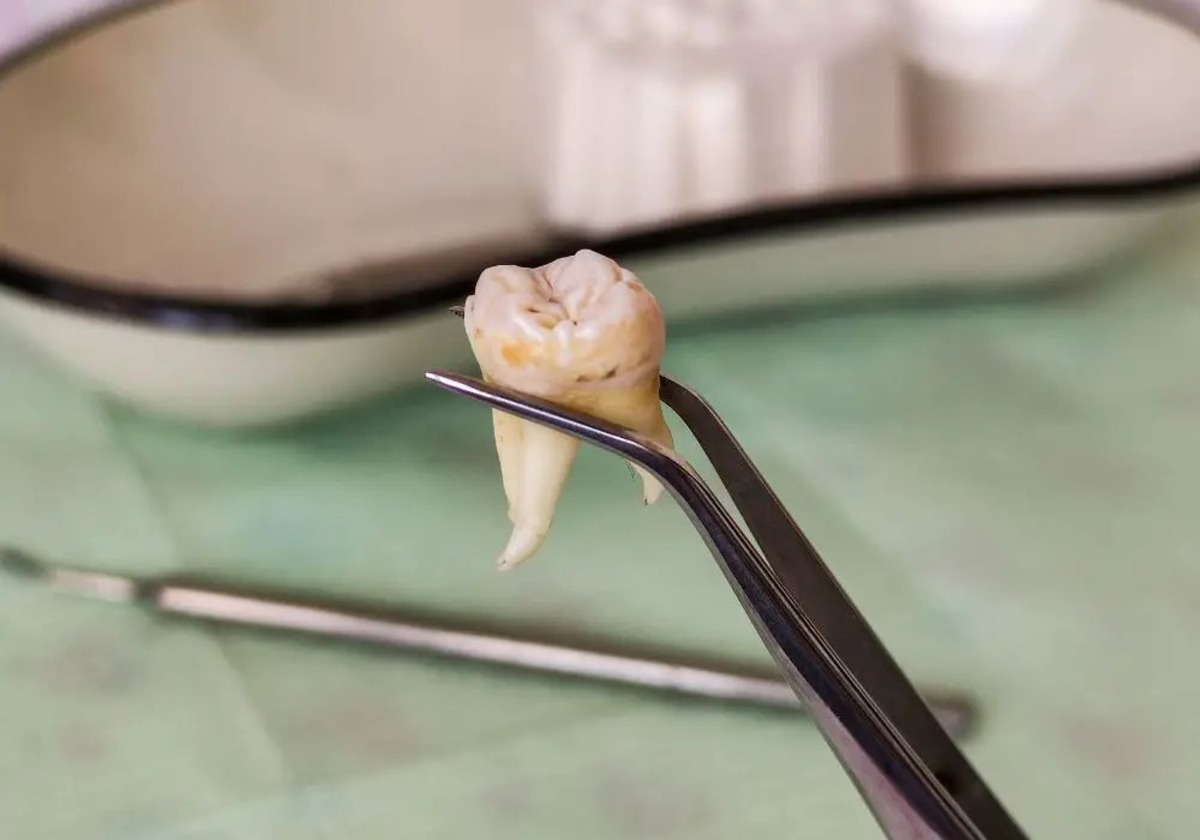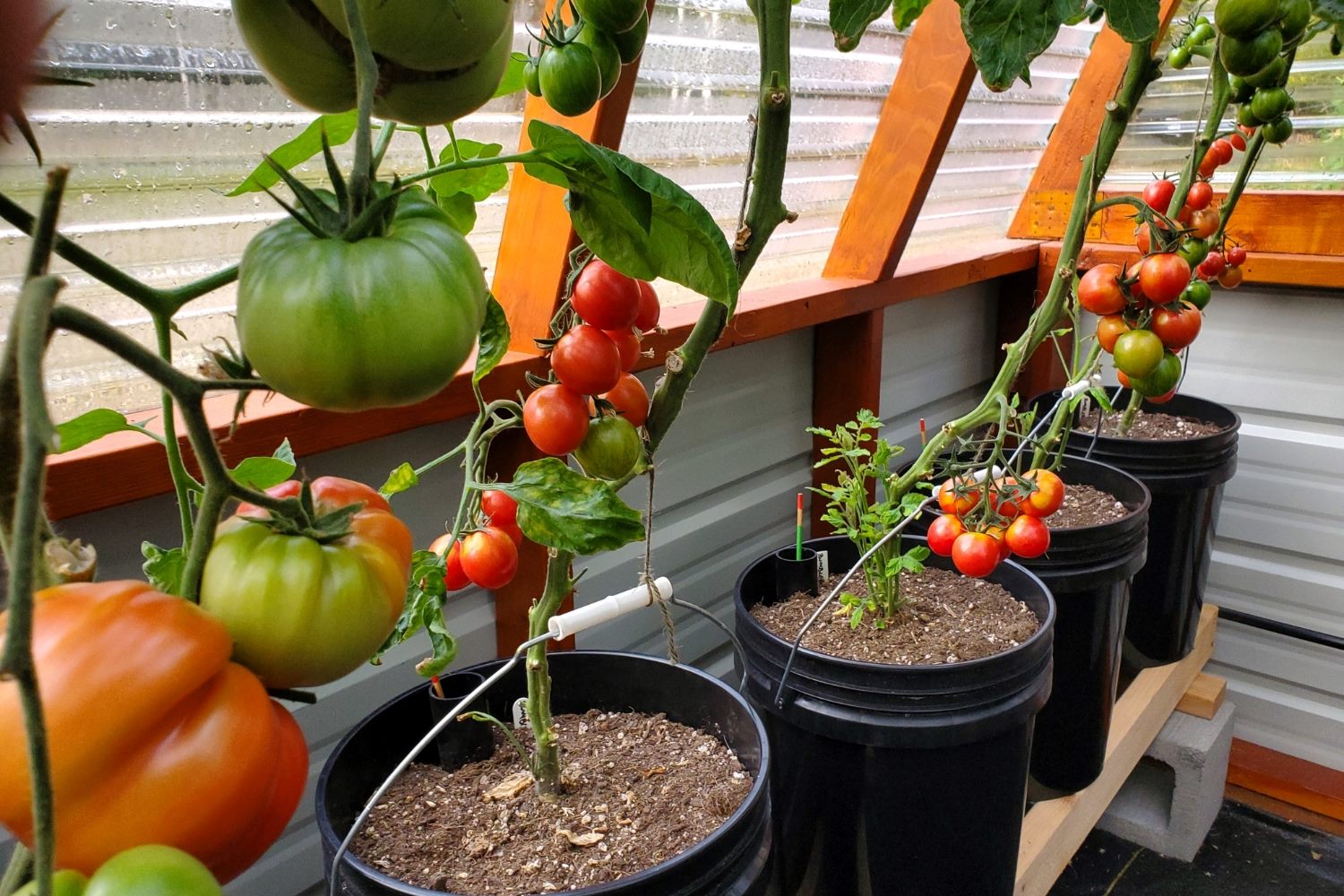Home>Home and Garden>The Surprising Secret To Lemongrass Regrowth After Winter


Home and Garden
The Surprising Secret To Lemongrass Regrowth After Winter
Published: February 19, 2024
Discover the best tips for regrowing lemongrass in your home garden after winter. Learn the surprising secret to successful regrowth and enjoy a thriving garden all year round.
(Many of the links in this article redirect to a specific reviewed product. Your purchase of these products through affiliate links helps to generate commission for Noodls.com, at no extra cost. Learn more)
Table of Contents
Introduction
Lemongrass, with its refreshing citrus aroma and versatile culinary uses, is a beloved herb in many households. As winter approaches, gardeners often face the challenge of preserving their lemongrass plants through the colder months. However, the secret to successful lemongrass regrowth after winter may surprise you. In this article, we will delve into the fascinating world of lemongrass, exploring its characteristics, the necessary preparations for winter, and the hidden key to encouraging robust regrowth. Whether you are a seasoned gardener or a novice enthusiast, understanding this secret can elevate your gardening experience and yield a bountiful supply of fresh lemongrass in the spring. Let's embark on this horticultural journey and unlock the mystery behind nurturing vibrant lemongrass plants year after year.
Understanding Lemongrass
Lemongrass, scientifically known as Cymbopogon citratus, is a tropical plant renowned for its distinct lemony flavor and aroma. This perennial herb belongs to the grass family and is native to regions with warm and humid climates, such as Southeast Asia, Africa, and Australia. In addition to its culinary uses, lemongrass is valued for its medicinal properties and is a popular ingredient in traditional herbal remedies.
The plant features long, slender, pale green stalks that are prized for their essential oils, which contain citral, a compound responsible for the herb's characteristic citrus scent. When crushed or chopped, these fibrous stalks release a burst of refreshing fragrance, making lemongrass a sought-after addition to teas, soups, curries, and marinades.
Cultivating lemongrass is relatively straightforward, as it thrives in well-drained soil and requires ample sunlight to flourish. It is often propagated from stalk cuttings, which readily take root and develop into new plants. With its graceful, arching foliage and graceful appearance, lemongrass also adds ornamental value to gardens and landscapes.
In addition to its culinary and ornamental attributes, lemongrass possesses natural insect-repelling properties, making it a popular choice for natural pest control in gardens. The plant's strong citrus scent acts as a deterrent to mosquitoes and other pests, enhancing its appeal as a dual-purpose addition to outdoor spaces.
Understanding the unique characteristics and growth requirements of lemongrass is essential for successfully nurturing this versatile herb. As we explore the intricacies of preparing lemongrass for winter and uncover the surprising secret to promoting regrowth, we will gain a deeper appreciation for this remarkable plant and its resilience in the face of seasonal challenges.
Preparing Lemongrass for Winter
As the colder months approach, it is crucial to prepare lemongrass for the challenges posed by winter. This involves strategic measures to safeguard the plant from frost and ensure its vitality during the dormant season. Here are essential steps to effectively prepare lemongrass for winter:
-
Trimming and Harvesting: Before the onset of winter, it is advisable to trim the lemongrass stalks to a manageable height, typically around 6 inches above the ground. This practice helps prevent the plant from becoming top-heavy and minimizes the risk of damage from strong winds or snow accumulation. Additionally, harvesting mature stalks for culinary use can be part of this process, allowing you to enjoy the fresh, aromatic flavors of lemongrass while promoting new growth in the remaining plant.
-
Soil Maintenance: Ensuring that the soil around the lemongrass plant is well-drained is crucial for its winter survival. Excess moisture around the roots can lead to rot and other detrimental conditions. Adding a layer of organic mulch around the base of the plant can help regulate soil temperature and moisture levels, providing insulation and protection from extreme cold.
-
Container Considerations: For gardeners cultivating lemongrass in containers, it is essential to relocate the pots to a sheltered area, such as a garage or a covered porch, before the first frost. This shields the plants from harsh weather conditions while maintaining a conducive environment for their dormancy. Additionally, adjusting the watering frequency to accommodate the reduced growth rate during winter is advisable for container-grown lemongrass.
-
Pruning and Maintenance: Conducting a thorough inspection of the lemongrass plant before winter allows for the identification and removal of any diseased or damaged foliage. Pruning away dead or withered leaves not only enhances the plant's appearance but also promotes overall health and resilience during the dormant period.
By implementing these preparatory measures, gardeners can fortify their lemongrass plants against the rigors of winter, setting the stage for a successful regrowth and a thriving herb garden in the coming spring.
The Secret to Lemongrass Regrowth
Amidst the anticipation of spring's arrival, gardeners eagerly await the resurgence of their beloved lemongrass plants. The secret to unlocking robust regrowth lies in a simple yet remarkable practice: division. Dividing lemongrass plants involves separating the mature clumps into smaller sections, each with its own root system. This process not only rejuvenates the plant but also stimulates vigorous new growth, ensuring a plentiful supply of fresh lemongrass for culinary and ornamental purposes.
To initiate the division, carefully unearth the mature lemongrass clump, taking care to preserve the root structure. Using a sharp, clean tool, such as a garden knife or spade, gently separate the clump into smaller sections, ensuring that each division possesses a healthy cluster of roots and several viable stalks. These individual sections are then ready for replanting, either in the existing garden bed or in separate containers for a more expansive herb garden.
The act of division serves multiple purposes that contribute to the lemongrass plant's rejuvenation. Firstly, it alleviates overcrowding within the original clump, allowing each new division to thrive independently and access essential nutrients and moisture. This alleviation of competition fosters stronger, more vigorous growth in the individual sections, promoting overall plant health.
Furthermore, division presents an opportunity to refresh the soil and introduce enriching amendments, such as compost or organic fertilizers, to replenish the growing environment. This revitalization of the planting area provides the newly divided lemongrass sections with an optimal foundation for regrowth, ensuring that they receive the necessary nourishment to flourish in the upcoming growing season.
In addition to its rejuvenating effects, the division process facilitates the expansion of the lemongrass garden, enabling gardeners to propagate multiple new plants from a single mature clump. This not only enhances the overall aesthetic appeal of the garden but also offers an abundance of fresh lemongrass for culinary endeavors, ensuring a readily available supply of this versatile herb.
By embracing the practice of division as the secret to lemongrass regrowth, gardeners can harness the plant's natural resilience and vitality, fostering a cycle of rejuvenation that sustains the beauty and utility of lemongrass in their gardens. As we unravel the intricacies of nurturing lemongrass through the seasons, the transformative power of division emerges as a timeless and effective method for cultivating thriving, bountiful lemongrass plants year after year.
Tips for Successful Lemongrass Regrowth
-
Optimal Planting Time: When initiating the regrowth process through division, it is advisable to choose the optimal timing for replanting the lemongrass sections. Aim to undertake this activity in the early spring, just before the onset of the plant's active growth phase. This timing allows the newly divided sections to acclimate to their new environment and harness the increasing warmth and sunlight characteristic of the approaching season, promoting swift establishment and robust regrowth.
-
Ample Sunlight: Position the replanted lemongrass sections in an area that receives abundant sunlight. Lemongrass thrives in full sun, requiring at least six to eight hours of direct sunlight daily to flourish. By providing this essential element, gardeners can ensure that the divided sections receive the energy necessary for vigorous growth and the development of flavorful, aromatic stalks.
-
Regular Watering: Maintaining adequate moisture levels is crucial for the successful regrowth of lemongrass. While the plant exhibits resilience to drought conditions, consistent watering, especially during the initial stages of regrowth, is essential for establishing strong root systems and promoting lush foliage. However, it is important to avoid waterlogging the soil, as excessive moisture can lead to root rot and other detrimental issues.
-
Nutrient-Rich Soil: Enrich the planting area with nutrient-rich soil or organic compost to provide the newly divided lemongrass sections with a fertile growing medium. This supplementation ensures that the plants receive essential nutrients, fostering robust regrowth and enhancing their overall health and vitality.
-
Space Management: When replanting the divided lemongrass sections, allow ample space between each plant to accommodate their mature size. Providing adequate spacing not only prevents overcrowding but also facilitates optimal air circulation, reducing the risk of fungal diseases and promoting the development of strong, healthy stalks.
-
Pruning and Maintenance: Regularly inspect the regrowing lemongrass plants for any signs of pest infestation or disease. Promptly address any issues through targeted pruning or appropriate treatments to safeguard the plants' regrowth and overall well-being.
By incorporating these tips into the regrowth process, gardeners can optimize the conditions for lemongrass regrowth, ensuring the development of vibrant, flourishing plants that yield an abundant supply of fresh, aromatic stalks.
Read more: How To Winterize A Camper
Conclusion
In conclusion, the journey of nurturing lemongrass through the seasons unveils a captivating tale of resilience, rejuvenation, and the remarkable secret to successful regrowth. As we navigate the intricacies of preparing lemongrass for winter and embracing the transformative power of division, we gain a profound appreciation for the enduring vitality of this versatile herb.
The surprising secret to lemongrass regrowth after winter lies in the practice of division, a simple yet potent method that breathes new life into mature plants and fosters a cycle of rejuvenation. By dividing the mature clumps into smaller sections and providing them with optimal growing conditions, gardeners can witness the emergence of vibrant, flourishing lemongrass plants, ready to infuse culinary creations with their distinctive citrus flavors and grace outdoor spaces with their elegant foliage.
As we partake in the art of division, we not only unlock the potential for bountiful regrowth but also contribute to the expansion and enrichment of our herb gardens. The act of dividing lemongrass presents an opportunity to propagate multiple new plants from a single mature clump, enhancing the visual allure of the garden while ensuring a readily available supply of this prized herb for culinary endeavors.
Furthermore, the regrowth of lemongrass through division embodies the enduring spirit of nature, offering a testament to the plant's resilience and adaptability. By embracing this natural process, gardeners can cultivate a deeper connection with the cycles of growth and renewal, fostering a sense of harmony and continuity within their garden spaces.
As we look ahead to the promise of spring and the resurgence of life in our gardens, the secret to lemongrass regrowth serves as a timeless reminder of the beauty and abundance that nature bestows upon us. Through thoughtful preparation, nurturing care, and the embrace of nature's inherent wisdom, we can cultivate thriving, bountiful lemongrass plants year after year, enriching our lives with their aromatic splendor and culinary versatility.
In essence, the journey of lemongrass regrowth transcends the realm of horticulture, offering a profound reflection of nature's resilience, the transformative power of rejuvenation, and the enduring beauty of the natural world. As we continue to tend to our gardens and savor the fruits of our labor, the secret to lemongrass regrowth stands as a testament to the timeless wisdom and boundless vitality found within the embrace of nature.














